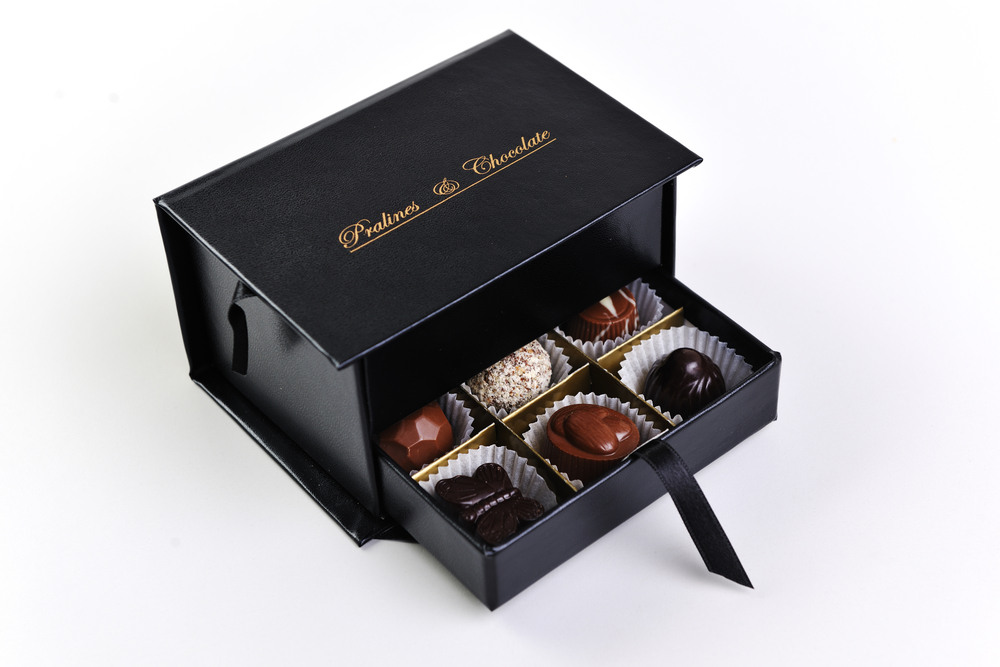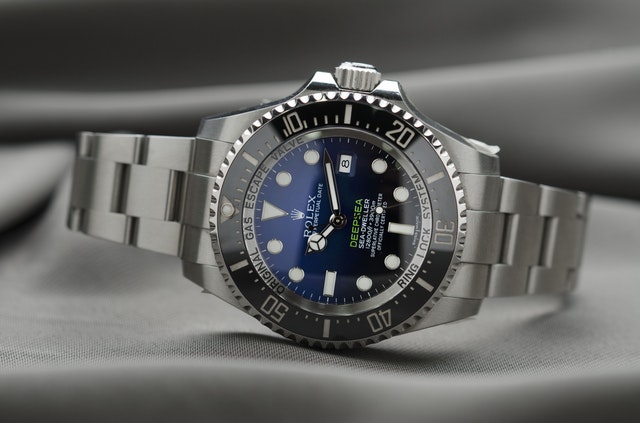Using Prestige Pricing Effectively
 PriceBeam
·
3 minute read
PriceBeam
·
3 minute read

Businesses will spend a lot of time finding the optimal pricing strategy for their products or services. Pricing them too low and businesses can risk undervaluing their products. Utilizing a pricing strategy like prestige pricing can help firms cash in on their products or services. Prestige pricing, or premium pricing, is a psychological pricing strategy that aims to give consumers the impression that the product they are offering is of higher quality simply because its price point is higher. In some cases, retailers may refer to prestige pricing as image pricing as companies want to give customers an image of exclusivity for their products.
When to use prestige pricing
Prestige pricing strategies may make businesses feel that it is a strategy to be used by premium brands only. However, this is not the case and prestige pricing is a strategy that can also be mastered by small retailers.
Here are some examples of when prestige pricing works best:
First product launch
Little is known about a new product that has just entered a certain market, therefore prestige pricing can serve as a useful strategy in this case. This is because not many, if not anyone, knows about the product so businesses have all the power in setting the price of their new product or service. While firms do need to understand who the ideal customer is and price according to the customer, they can create a perception of quality simply because they have priced high enough. This pricing strategy will also be effective if brands can demonstrate the quality communicated when first launching the product.
Unique product/no substitutes
Businesses that offer products or services that cannot be found anywhere else are in a prime position to use prestige pricing strategies. Due to the fact that their aren't any alternatives around, customers find it difficult to switch to alternatives when there isn't anything to really switch too. Because the product is unique, businesses can use that to their advantage by raising the price of their product with a rise in quality. Adding to that, this has the potential to improve the brand's reputation, putting them in an even stronger position.
Limited edition product
A unique product that doesn't have any substitutes sells well and allows for businesses to increase the prices of their products, but that unique product sells better if there is a limit on the quantity of that product. A unique product that is available in limited quantities is the epitome of exclusivity because businesses are communicating to customers that there are only a certain number of said product left and that customers have to purchase that product as soon as possible. A product with the words 'limited editon' on it is bound to attract many potential customers, but businesses must be able to demonstrate that value effectively and not just communicate it.
Pros and cons of prestige pricing
With every pricing strategy comes pros and cons to its implementation. While small retailers are capable of using prestige pricing effectively, the advantages and disadvantages can explain why it is a strategy that is better suited for larger retailers. Here are the pros and cons to using prestige pricing strategies.
Pros: Boosted visibility
Premium pricing enables businesses to stand out from the crowd and thus makes it easier to draw crowds in to buy their products. By marketing products to be more expensive than their competitors', businesses create this perception that their higher priced product is of higher quality. Adding to that, the psychological association between premium pricing and luxury is almost impossible to ignore. Even though some consumers won't be convinced by the product, its luxurious price tag will still grab the attention of tons of other potential customers.
Pros: Larger profit margins
Because a firm is benefting from increased visibility on their products or services, this boost in brand reputation leads to an increase in profit margins. The prestige pricing strategy may lead to fewer sales but that is made up for by the increase in price. To maximise profit margins, businesses need to make sure that they have found the perfect price point because it can lead a large increase in marketing spend.
Cons: More marketing spending
Increases in profit margins leads more costs, especially when it comes to marketing the new product. For smaller retailers, this can become a hurdle. This is because customers are less likely to buy an expensive product if it is from a retailer that they haven't heard about. Smaller retailers can get around this by investing correctly and having well-known individuals endorsing their products.
Cons: Limited customer base
When a product has 'prestige' status, it tends to not have as large of a customer base as products that are cheaper. This doesn't mean that expanding the customer base is impossible, but it something that needs to be considered when first launching the product. Brands can tackle this issue of limited customer bases by expanding sideways to encourage other potential customers to buy their products.
.png?width=400&height=100&name=PBLogoTransparent%20(1).png)



